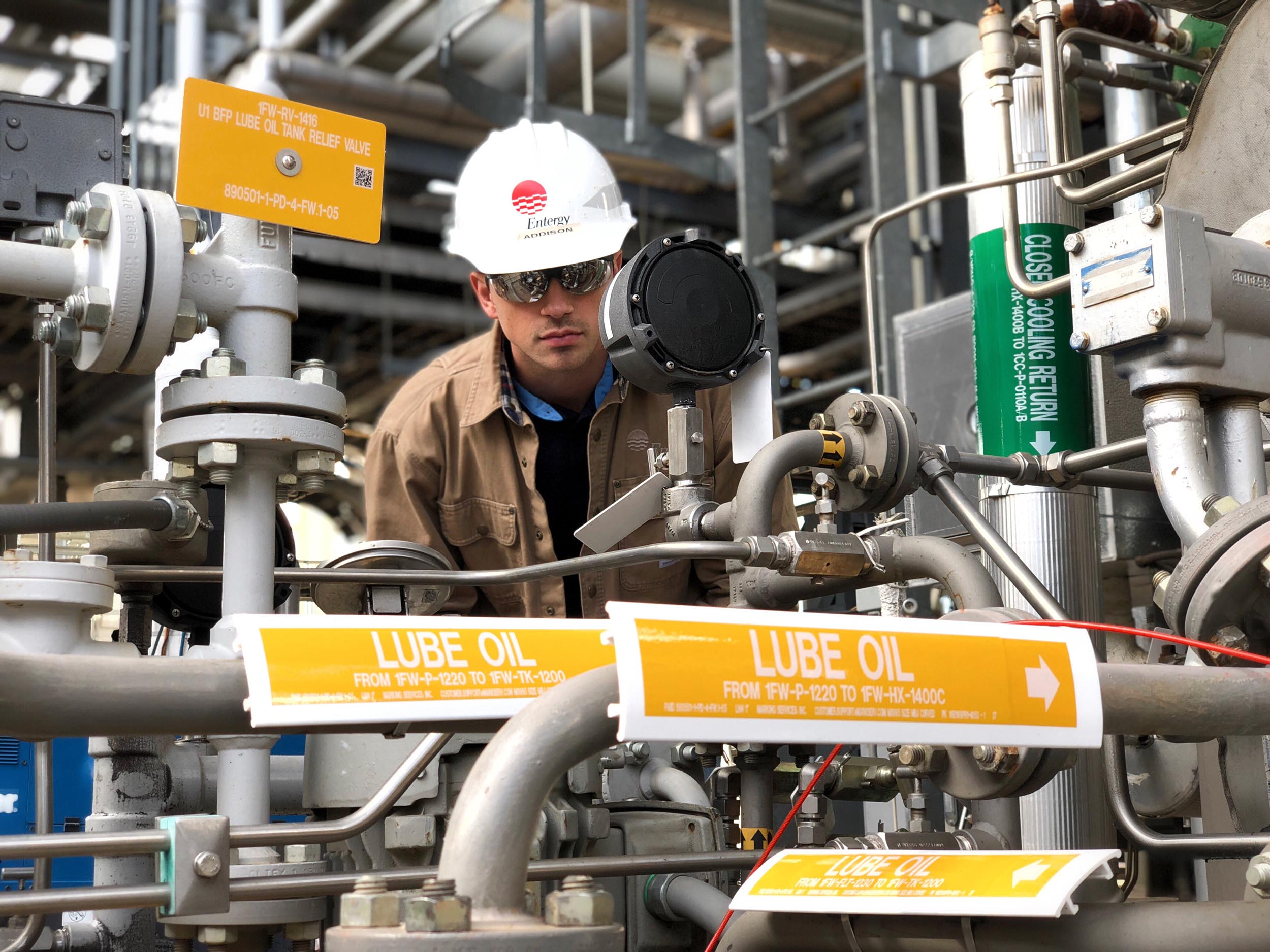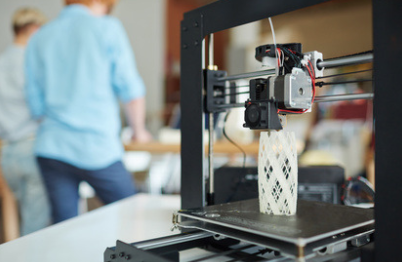
The National Network for Manufacturing Innovation has as its primary objective the development of cutting-edge manufacturing technology. This interagency initiative was announced by President Obama in his FY 2013 budget proposal. This initiative aims to bring together community colleges, universities, and federal agencies to commercialize novel manufacturing technologies.
In the United States, manufacturing plays a central role in the economy. This sector is a source of good jobs for American workers. Manufacturing companies invest in technological innovations to ensure they remain competitive. These innovations include automation and green energy sources. Companies are investing in ways to minimize machine downtime. This includes new products such as autonomous mobile robotics that lower labor costs and increase productivity. Companies are also investing in technologies to reduce resource wastage such as smart sensors.
The "Maker's Economy", which will transform the way products are manufactured, is anticipated to make a significant impact on society. This is an economy where manufacturing users are actively involved in designing and building new products. The manufacturing sector is expected to take advantage of these innovations to boost productivity, improve operational efficiency, and enhance decision-making. It is also expected it to be a major contributor in the nation's overall production. The United States has been a leader in manufacturing for many years.

The "Maker's Economy" relies on a variety of technologies, including smart factories and artificial intelligence. These innovations can improve manufacturing productivity and reduce the time it takes to make a product. The Industrial Internet of Things (IIoT), which uses sensors and data, helps to guide tasks. It allows for continuous monitoring of industrial assets. Secure connectivity and fast data transfer are also required for IIoT. It will also improve warehouse efficiency and visibility into the supply chain.
The National Network for Manufacturing Innovation will include at least fifteen manufacturing institutions. It is expected that it will help speed up the development of manufacturing technology. This network will include public/private partnerships with government entities as well as private companies.
There are currently 14 American manufacturing innovation institutes. Another three will be funded in May 2013 by the Commerce Department. In addition, the National Institute of Standards and Technology is expected to fund two Institutes. These funds will allow each institute to receive up to $70million over five- to seven years.
Each Institute for Manufacturing Innovation is going to have its own unique research focus. They will act as innovation centers for the state and local economies. These Institutes will also help manufacturers integrate their capabilities. These institutes provide access to cutting-edge technology and equipment, as well training opportunities. They will also help manufacturers solve cross-cutting challenges in advanced manufacturing.

The Network for Manufacturing Innovation has a broad range of goals, including accelerating the commercialization of innovative manufacturing technologies, bridging the gap between laboratory research and market applications, and strengthening state and local economies. The U.S. Department of Energy, which will operate the institutes, will fund the program through the U.S. Commerce Department’s National Institute of Standards and Technology.
FAQ
How is a production manager different from a producer planner?
A production planner is more involved in the planning phase of the project than a project manger.
What skills does a production planner need?
Being a production planner is not easy. You need to be organized and flexible. You must also be able to communicate effectively with clients and colleagues.
Is it necessary to be familiar with Manufacturing Processes before we learn about Logistics.
No. No. Understanding the manufacturing process will allow you to better understand logistics.
How can I find out more about manufacturing?
You can learn the most about manufacturing by getting involved in it. But if that is not possible you can always read books and watch educational videos.
What is production planning?
Production Planning involves developing a plan for all aspects of the production, including scheduling, budgeting, casting, crew, location, equipment, props, etc. This document will ensure everything is in order and ready to go when you need it. This document should also include information on how to get the best result on set. This includes location information, crew details, equipment specifications, and casting lists.
The first step is to outline what you want to film. You might have an idea of where you want to film, or you may have specific locations or sets in mind. Once you have determined your scenes and locations, it is time to start figuring out the elements that you will need for each scene. Perhaps you have decided that you need to buy a car but aren't sure which model. To narrow your options, you can search online for available models.
Once you have found the right car, you can start thinking about extras. What about additional seating? Perhaps you have someone who needs to be able to walk around the back of your car. Maybe you want to change the interior color from black to white? These questions can help you decide the right look for your car. You can also think about the type of shots you want to get. What type of shots will you choose? Maybe you want to show your engine or the steering wheel. These factors will help you determine which car style you want to film.
Once you have determined all of the above, you can move on to creating a schedule. You can use a schedule to determine when and where you need it to be shot. A schedule for each day will detail when you should arrive at the location and when you need leave. So everyone is clear about what they need to do. If you need to hire extra staff, you can make sure you book them in advance. It is not worth hiring someone who won’t show up because you didn’t tell him.
When creating your schedule, you will also need to consider the number of days you need to film. Some projects may only take a couple of days, while others could last for weeks. When you are creating your schedule, you should always keep in mind whether you need more than one shot per day or not. Multiple takes of the same location will lead to higher costs and take more time. You can't be certain if you will need multiple takes so it is better not to shoot too many.
Budget setting is an important part of production planning. As it will allow you and your team to work within your financial means, setting a realistic budget is crucial. It is possible to reduce the budget at any time if you experience unexpected problems. However, you shouldn't overestimate the amount of money you will spend. You will end up spending less money if you underestimate the cost of something.
Production planning is a complicated process. But once you understand how everything works together, it becomes much easier to plan future project.
What are the responsibilities for a manufacturing manager
A manufacturing manager must ensure that all manufacturing processes are efficient and effective. They should be aware of any issues within the company and respond accordingly.
They should also learn how to communicate effectively with other departments, including sales and marketing.
They should also be knowledgeable about the latest trends in the industry so they can use this information for productivity and efficiency improvements.
What are the products of logistics?
Logistics is the process of moving goods from one point to another.
They cover all aspects of transportation, such as packing, loading, transporting and unloading.
Logisticians make sure that the right product arrives at the right place at the correct time and in safe conditions. They provide information on demand forecasts as well stock levels, production schedules and availability of raw material.
They monitor shipments in transit, ensure quality standards, manage inventories, replenish orders, coordinate with suppliers and other vendors, and offer support services for sales, marketing, and customer service.
Statistics
- Job #1 is delivering the ordered product according to specifications: color, size, brand, and quantity. (netsuite.com)
- It's estimated that 10.8% of the U.S. GDP in 2020 was contributed to manufacturing. (investopedia.com)
- In 2021, an estimated 12.1 million Americans work in the manufacturing sector.6 (investopedia.com)
- [54][55] These are the top 50 countries by the total value of manufacturing output in US dollars for its noted year according to World Bank.[56] (en.wikipedia.org)
- Many factories witnessed a 30% increase in output due to the shift to electric motors. (en.wikipedia.org)
External Links
How To
How to use 5S to increase Productivity in Manufacturing
5S stands in for "Sort", the "Set In Order", "Standardize", or "Separate". Toyota Motor Corporation was the first to develop the 5S approach in 1954. It assists companies in improving their work environments and achieving higher efficiency.
This approach aims to standardize production procedures, making them predictable, repeatable, and easily measurable. This means that every day tasks such cleaning, sorting/storing, packing, and labeling can be performed. This knowledge allows workers to be more efficient in their work because they are aware of what to expect.
Implementing 5S requires five steps. These are Sort, Set In Order, Standardize. Separate. And Store. Each step requires a different action, which increases efficiency. For example, when you sort things, you make them easy to find later. When items are ordered, they are put together. After you have divided your inventory into groups you can store them in easy-to-reach containers. Finally, when you label your containers, you ensure everything is labeled correctly.
This requires employees to critically evaluate how they work. Employees need to understand the reasons they do certain jobs and determine if there is a better way. To implement the 5S system, employees must acquire new skills and techniques.
The 5S method not only increases efficiency but also boosts morale and teamwork. They will feel motivated to strive for higher levels of efficiency once they start to see results.